Strategic planning provides a sense of direction and outlines measurable goals. It’s a tool for guiding day to day decisions, and a way to evaluate progress by providing benchmarks that define success. To go one step further, having a network of like-minded peers to provide support, encouragement, and access to new ideas and perspectives will supplement your strategy further. What steps have you taken to steer your business in the right direction, with the right people guiding you? Peer mentorship, in conjunction with a plan of action for your organization moving forward, is critical, yet so often overlooked. Here are a few reminders of the importance of working on your business, not just in it.
Invest in Yourself and Your Organization’s Success
The purpose is to set goals and develop a plan to achieve them, stepping back from your day to day operations and asking where your priorities should really lie. As businesses grow, they become more and more complex, so your strategy will require more energy and effort to direct your activities effectively.
You want your growth to be sustainable. Nothing feels worse than plateauing, and unfortunately, your business doesn’t run on passion alone. You want your business to thrive, not just survive.
Take Inventory
Start collecting a wider range of information about your business, internally and externally, as well as your competitive landscape. Do so on an ongoing basis, keeping an introspective lens on all of your efforts. You know your business better than anyone, so taking inventory of the path you’ve taken thus far and where you’d like to go in the future acts as fuel to keep driving you forward.
1) Where is your business now?
2) Where do you want to take it?
3) What do you need to do to get there?
This can be overwhelming, especially as an entrepreneur, so it can be of great benefit to consider your network and the advice they can lend you. Oftentimes, other business owners have experienced, or are experiencing, the same challenges as you are, and can offer a separate, informed perspective on your current issues. At the very least, they can offer you support and companionship so you know you’re not alone.
Increased Confidence
As your business grows, it’s likely that you don’t have a hand in every aspect of your operations. Maybe you hate bookkeeping. Maybe your marketing efforts are, simply put, a grind. You don’t have to enjoy every single task that comes with being a business owner. What is important, though, is that you have an understanding of these processes to base your decision-making upon. The more you know, the better you can navigate the entrepreneurial horizon and increase the effectiveness of all of your business efforts.
There are numerous benefits to working on your business, including establishing focus and direction, managing risks, controlling resources, enhancing your competitive advantage, and creating actionable steps to achieve long term success. A plethora of support exists to help guide your strategic planning. Contrary to popular belief, this doesn’t always come naturally, even to entrepreneurs.
PeerSpark™ is a business accelerator program that combines practical, multi-disciplinary curriculum with support and learning from peers. The program offers expert coaching in a safe and supportive environment of other women entrepreneurs who are focused on growing their ventures. Our Fall 2019 intake is open, apply today!













